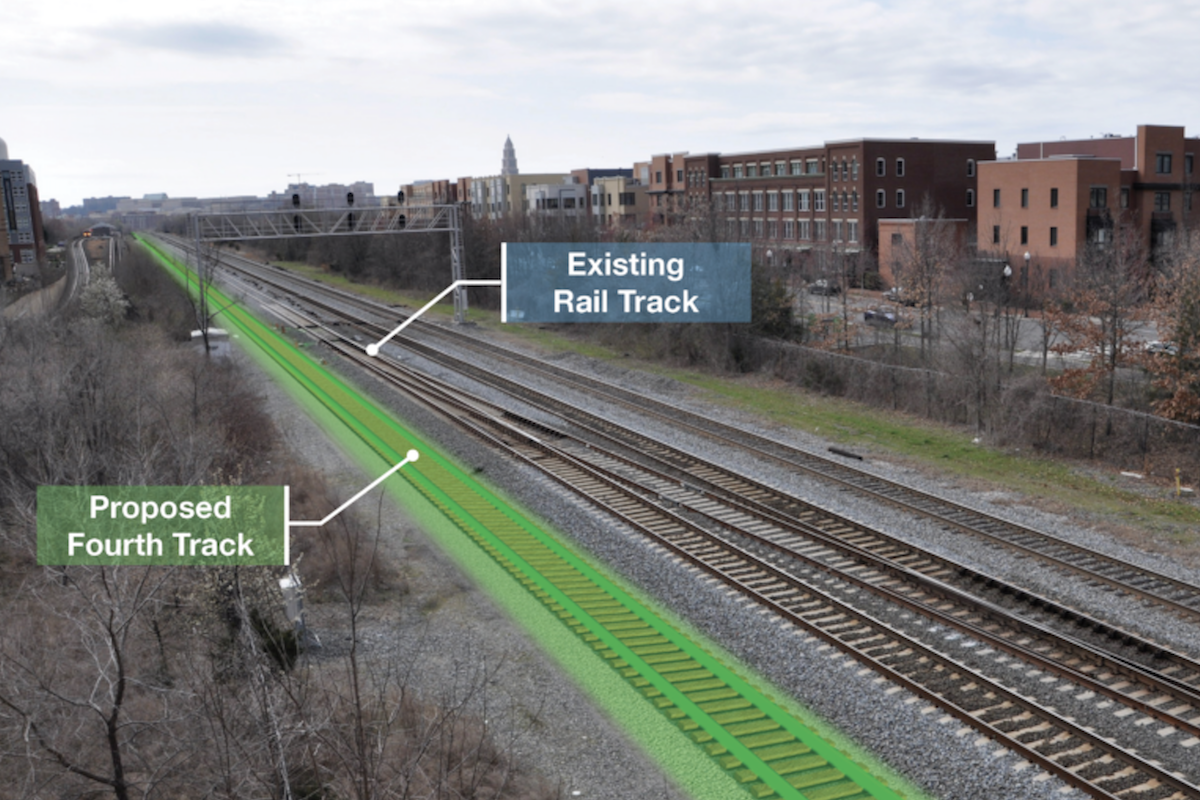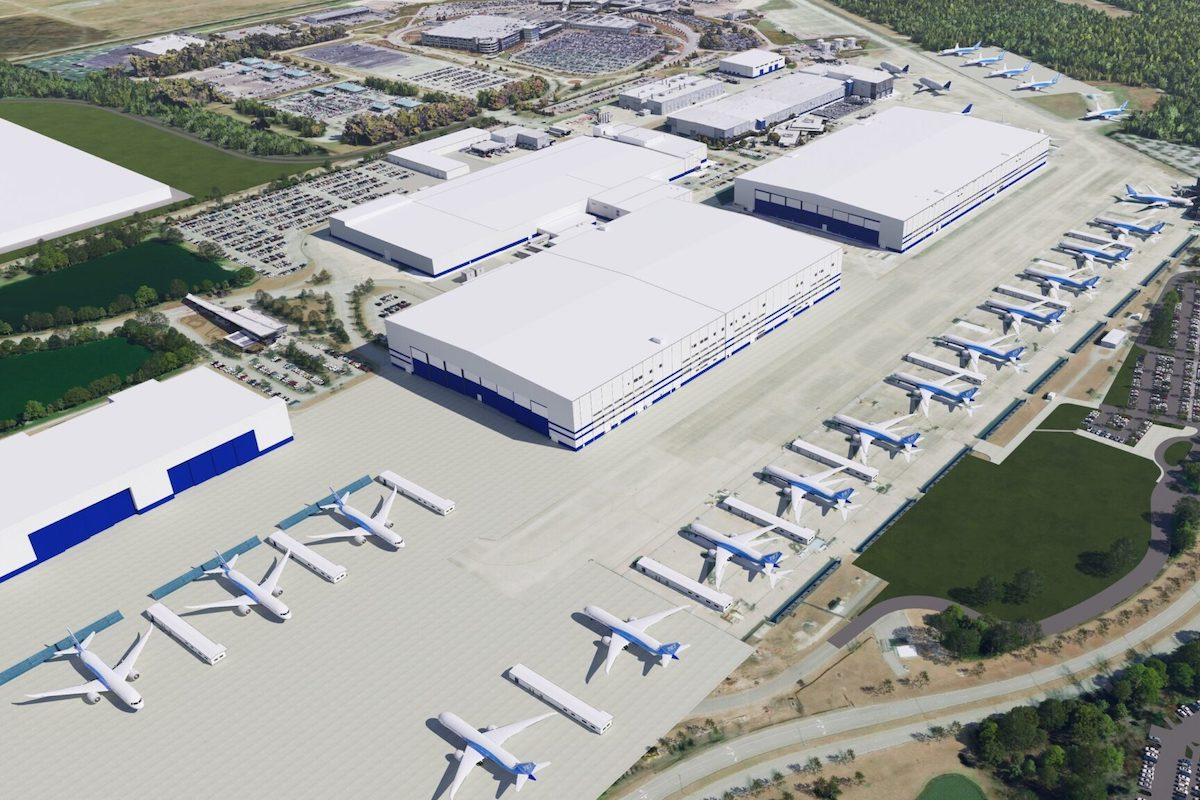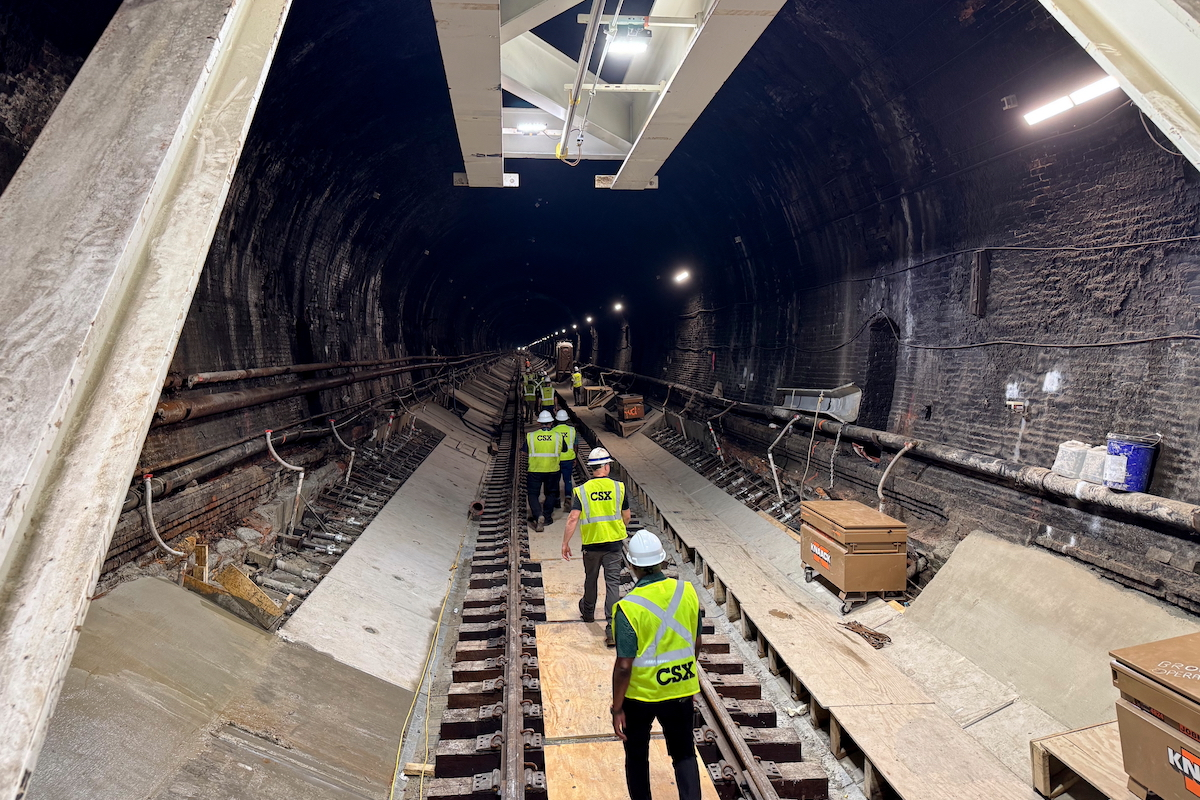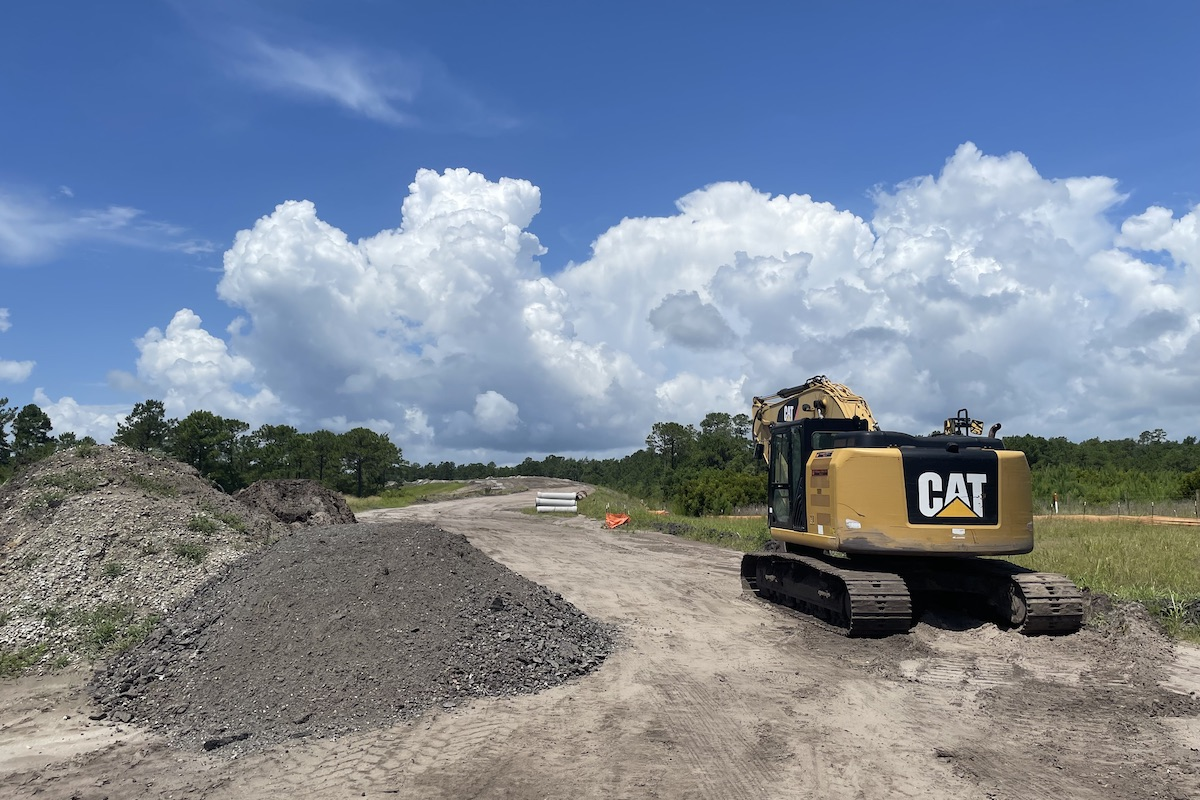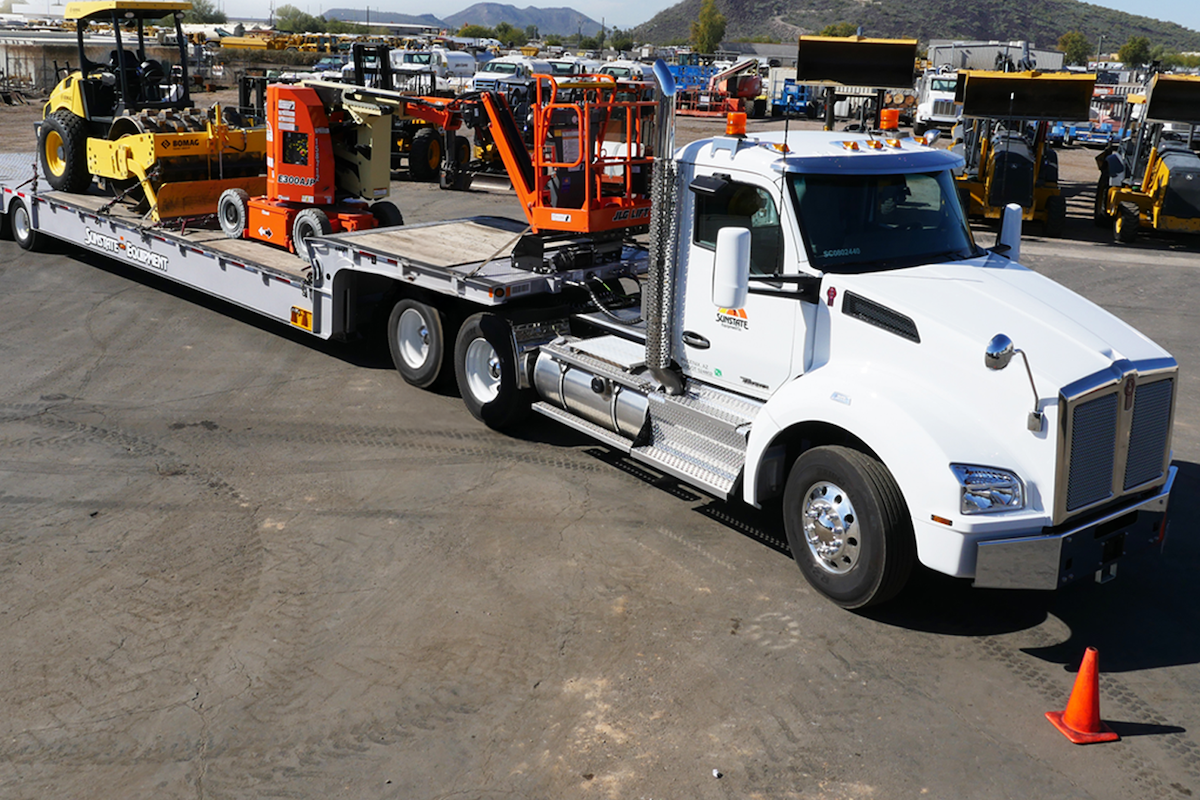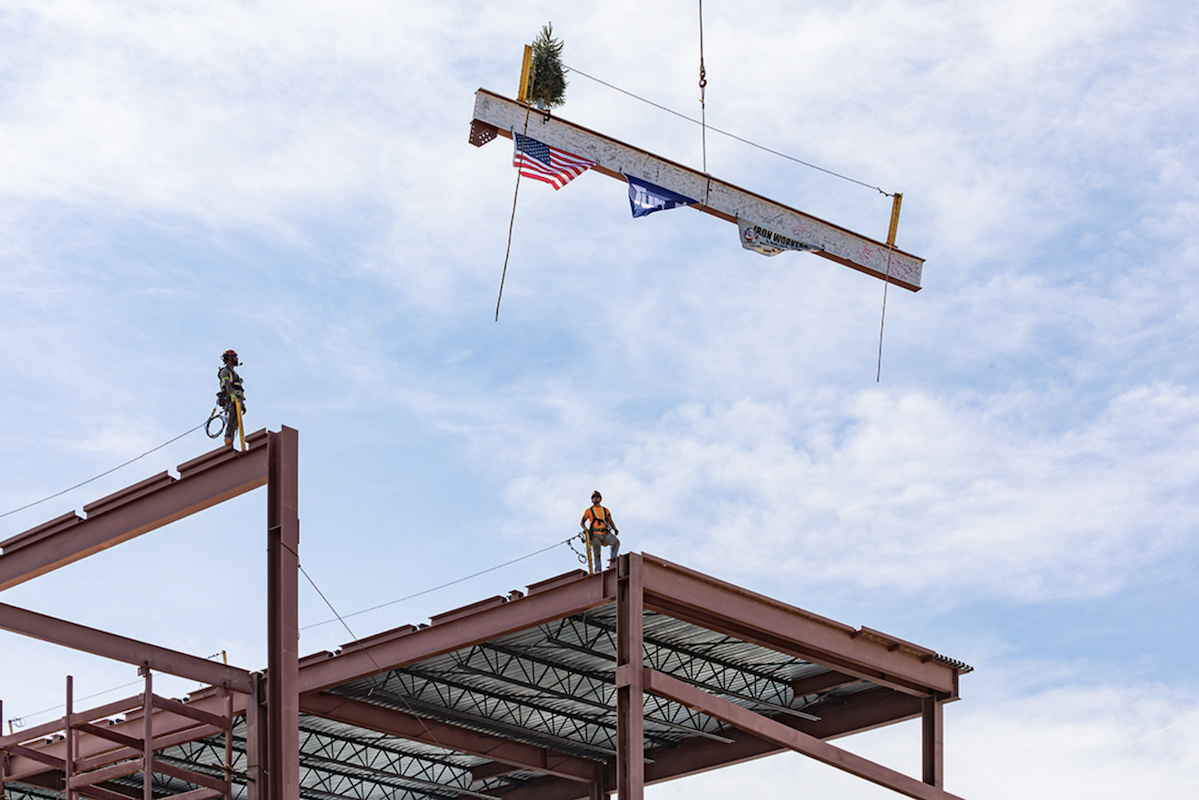Preventive maintenance is routine/scheduled maintenance of machines done “to keep them running reliably to prevent premature costly unplanned downtime,” said David Young, Product Application Specialist at Caterpillar.
Regardless of the type of preventive maintenance program or machine, the desired result is improved safety and less downtime, plus the prevention of unnecessary costs, said Ryan Anderson, Product Manager at New Holland Construction.
“To keep your equipment performing at peak levels, it is critical that maintenance is prioritized accordingly,” said Justin Steger, Solutions Marketing Manager at John Deere Construction & Forestry. “While it is essential to understand how to operate your machine, it is equally, if not more important, to understand how to maintain each machine to extend the lifespan of the equipment and improve its resale value. Sticking to the OEM maintenance schedule allows contractors to predict owning and operating costs more accurately and fix maintenance costs. Ignoring machine maintenance will increase the operating cost.”
- Calendar-based would include things on the “daily” or “weekly” checklist, Young said. Some of these items can be managed by an hours-based approach also. Like “daily or every 10 hours” and “weekly or every 50 hours.” Examples of this would include joint greasing, air filter checking, fluid level checks, tire pressure, water-in-fuel bowl drain, etc.
- Runtime-based maintenance usually is more than simply checking and doing a quick job if needed, he explained. This would include more involved service work like engine oil and filter change, transmission oil and filter change, fuel filter replacement, and hydraulic system oil and filter change. It also includes oil sampling from critical components like the engine, transmissions, and hydraulic systems. Runtime-based preventive maintenance should be followed as presented in the operator’s manual of the machine, MacIntyre said. “Since each machine and manufacturer are different, it should never be assumed that it is apples-to-apples from machine-to-machine," he said. "Then, based on the job, there are some forms of maintenance that are not merely prescribed based on time."
- Predictive maintenance is all about sticking to an oil sampling routine with the backhoe’s OEM dealer, Young said. Do this as required to establish a trend on how parts within a major component are wearing.
“If a particular element is jumping up high in the particle count, it could very well indicate that a certain part inside a large component is wearing out," he said. "That can be fixed before a major failure that could damage more parts within a component or destroy the entire component itself.”

| Your local Volvo Construction Equipment dealer |
|---|
| Richmond Machinery & Equipment |
“This helps ensure that all preventive maintenance activities are done in the timeframe they are meant to be done and that the machine will continue to work as intended,” MacIntyre said. "Telematics makes that easier than ever, alerting fleet managers to when service intervals are approaching and helping simplify recordkeeping and proof that preventive maintenance activities were performed as intended and on schedule.”
Young said that recordkeeping and documentation “ensure preventive maintenance is done on time, which is especially important for critical systems like the engine, transmission, and hydraulics. It also assists with predicting machine issues that are developing. For example, when oil samples are done as required, it can help determine if a problem is coming with a component.”
Recordkeeping and documentation can help support warranty-related repairs, he points out. It is also very valuable when it comes time to sell or trade in a machine, as it adds value.
“Manufacturers have designed and engineered these machines to perform and be serviced," Anderson said. "The owner’s manual provides a basic checklist and identifies the location of the service points on the machine.”
“The operator should know that particular machine fully to understand what to check, and more importantly, be able to identify when something doesn’t look right or might need attention based on the inspection,” Young said. “Also, it is about having and understanding the maintenance interval schedule for their machine and following that schedule as closely as possible. Cat dealers can help by providing documents that help track and understand the maintenance items."

| Your local Topcon Positioning Systems Inc dealer |
|---|
| Linder Industrial Machinery |
Telematics is another place — besides the machine — that will inform the owners and operators about error codes or about sensor readings that are outside of the normal range, MacIntyre said. Access to telematics data can also be shared with dealers and manufacturers to provide a second set of eyes on equipment performance.
When performing the walk-around, visually inspect the machine’s appearance and look for damage, check fluid levels and look for leaks, and take a close look at worn items that could prevent the machine from efficiently doing its job, Steger said. Key inspection points will vary between machine forms, but the concept is the same.
Anderson provided the below checklist for the typical backhoe walk-around inspection:
- Check all tire pressures
- Check all fluid levels including engine oil, hydraulic oil, fuel, and coolant
- Check all filters including air intake and cab filter
- Inspect all structural components such as loader arms for any stress fractures or weldment failures
- Ensure cab doors and seat belt are in good working order
In addition, it is important that all operators verify the backhoe’s safety features are working prior to operation and that all the controls are clearly labeled.
“At the end of the day, operators should also make sure that the work tool, such as bucket teeth, are intact and not dull,” Steger said. “For auxiliary attachments, make sure that pressures and flows are set correctly to avoid damage to the attachment or machine.”

| Your local Komatsu America Corp dealer |
|---|
| Linder Industrial Machinery |














